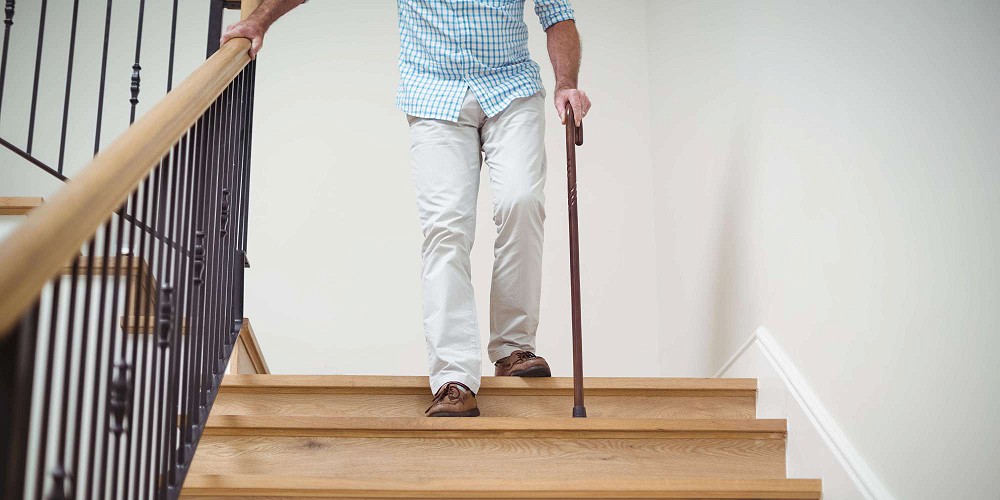Pelvic Floor Health During Pregnancy & Postpartum
Article by Danielle Roberts
Being pregnant is a wonderful and exciting experience... that can also feel like a tumultuous roller-coaster ride.

With incredible hormone fluctuations and bizarre symptoms, pregnancy often brings up a host of new questions about your changing body and what the new “normal” will be.
As a pelvic floor physiotherapist and a mother of two, I would like to share with you five of the most common pelvic floor questions I get asked from pregnant and recently postpartum women – along with some advice that will hopefully help you at home!
5 Common Questions Related to the Pelvic Floor
“Is there a risk of doing pelvic floor exercises during pregnancy causing the pelvic floor muscles to be “too tight” for delivery?”
No!
In fact, having a weak pelvic floor can be a risk factor. It is beneficial to have a fit, toned pelvic floor during pregnancy. It can lead to decreased perineal trauma in a vaginal birth and potentially shorten the first and second stages of labour for first time mothers.
“Should I see a pelvic floor physiotherapist while I am pregnant?”
If you are having issues with pelvic pain or incontinence (leaking), then seeing a pelvic floor physiotherapist can help.
As well, exercises can be given for improving the control of your pelvic floor musculature along with advice for preparing for labour and delivery, including how to push!
“Does having a C-section mean there will be less issues with my pelvic floor postpartum?”
Not necessarily.
Pregnancy itself compromises the pelvic floor. Carrying the extra weight of the growing fetus, uterus, placenta and fluids will put your pelvic floor under stress. Unfortunately, a C-section is still an invasive procedure that can lead to pelvic pain/dysfunction postpartum. Pelvic floor physiotherapy can be helpful, no matter how you give birth to your baby.
“After having a baby, is it normal for coughing, sneezing, laughing, jumping, etc. to cause a urine leak?”
Common – yes. Normal – no.
It has been widely accepted that postpartum women often have issues with leaking urine and that this is just “part of being a mother”. Although the stresses of pregnancy and delivery can weaken/injure the pelvic floor, this does not need to be accepted as the new “normal”. Pelvic floor exercises, when done properly, can make significant changes to the strength and endurance of the pelvic floor musculature, often restoring continence!
“After having a baby, is pelvic pain and painful intercourse normal?”
Same as above… Common – yes. Normal – no.
Giving birth, whether it is a vaginal delivery or C-section, can be incredibly challenging on the body. With or without medical interventions, tearing can occur along with stretching of the muscles during the pushing phase. These processes can lead to pain and dysfunction postpartum for some women. Pelvic floor physiotherapy can help reduce the pain.
Pelvic Floor Physiotherapy & Pregnancy
I hope that all the above is not alarming but informative!
This is a beautiful chapter in a mother’s life. However, pregnancy and giving birth are major events that may require some extra care and exercises to help recover from.
Pelvic floor physiotherapy can help give you guidance and specific exercises tailored to what your body needs.
Pelvic Floor Exercises to Try At Home
Here are a couple exercises that you can try at home to work on the strength and endurance of your pelvic floor musculature.
Try these exercises a few times a day; no one will even know you are doing them!
Spikes
These are quick contractions of your pelvic floor muscles, focused on achieving a maximal contraction to improve strength. There is no hold with this exercise, just a quick on then off. Rest for 10 seconds between each repetition and aim for 10 reps.
You can try this lying on your back, sitting, or standing (each position being progressively harder). Make sure to keep your abdominal and gluteal muscles relaxed.
Holds
These are sustained contractions of your pelvic floor muscles, focused on length of time to improve endurance.
Start with trying to hold for up to 3 seconds, then a quick release just like with the spikes. Rest for 10 seconds between each repetition and aim for 10 reps. If you can hold for 3 seconds, even at the last repetition, then next time aim for 5 seconds.
The goal is to eventually be able to perform 10 repetitions of 10 second holds.
You May Also Like...
-
 ArticleView Post
ArticleView PostLiving with Osteoporosis: What To Do For Better Bone Health
Osteoporosis is a disease characterized by low bone mass and deterioration of bone tissue, which can lead to increased risk of fracture.
-
 ArticleView Post
ArticleView PostTruth, Reconciliation, and the Medicine Wheel
Feeling disconnected from your ideal health? Learn how to regain your holistic health and well-being.
-
 ArticleView Post
ArticleView PostRunning Without Injury: Risk Factors & Injury Management
Understand the risk factors associated with running and you’ll be able to hit the ground running while staying injury-free!